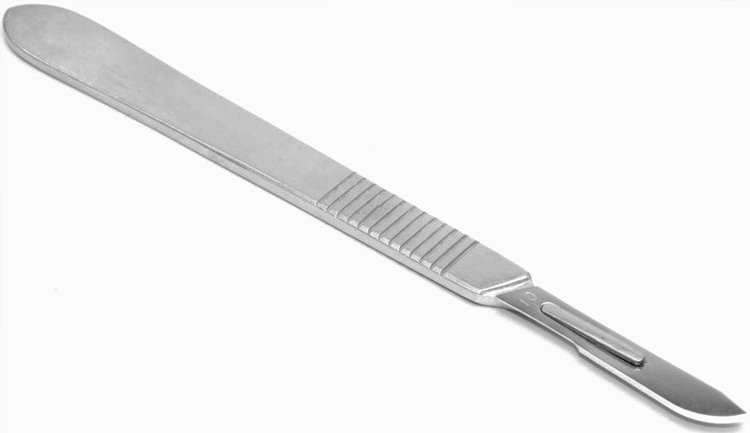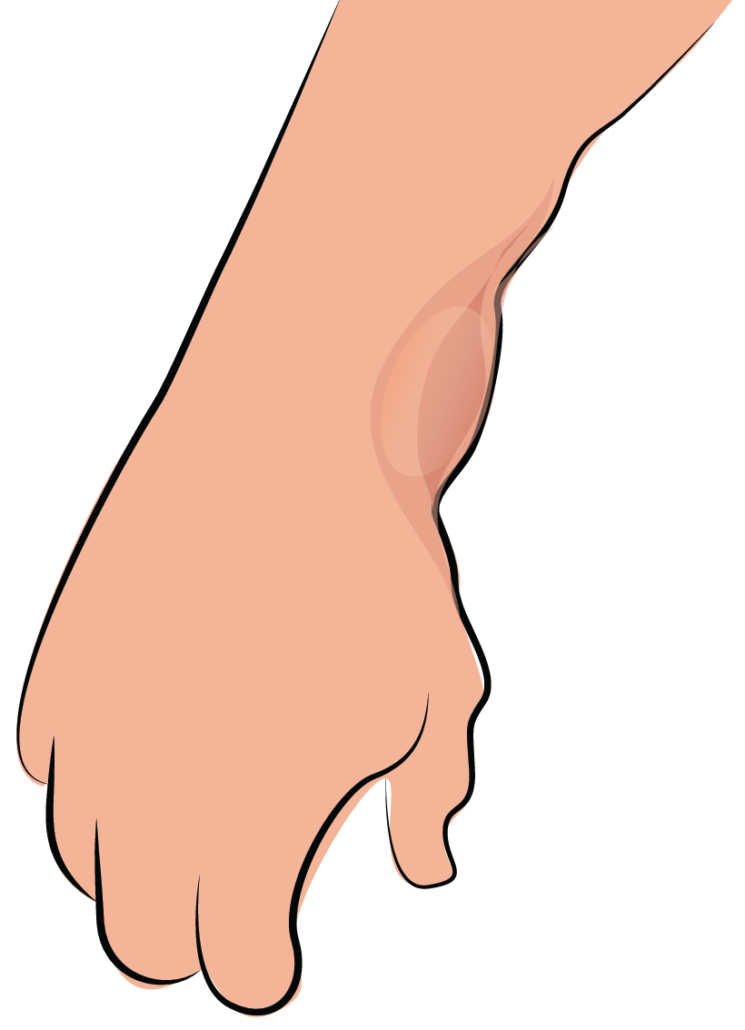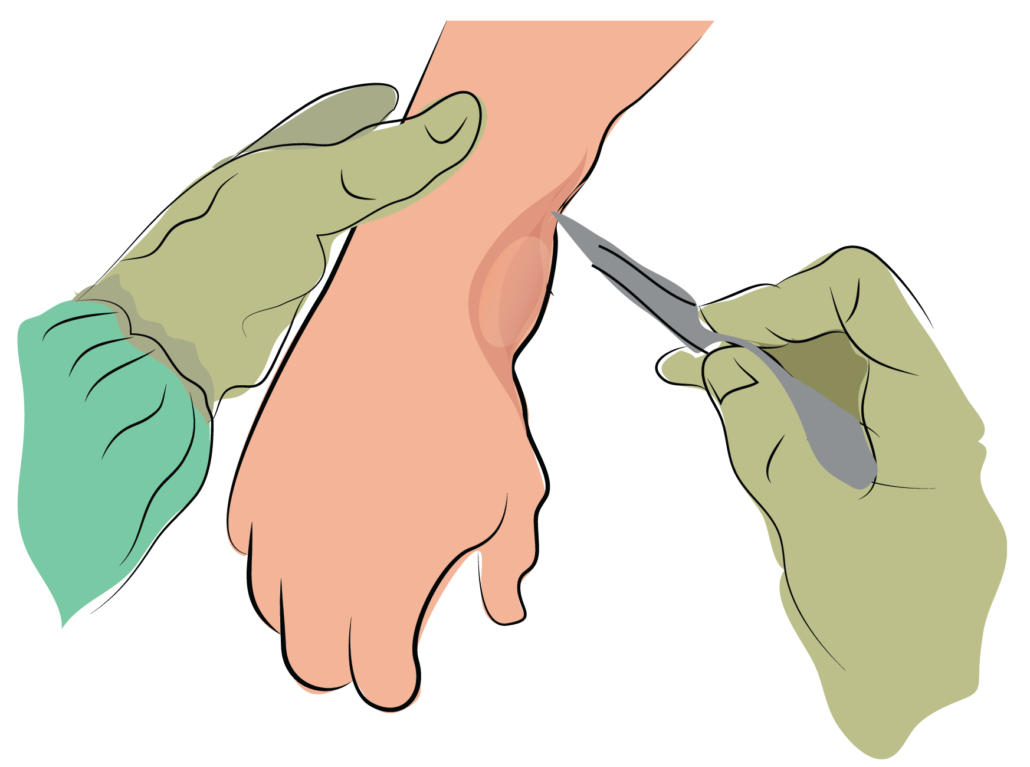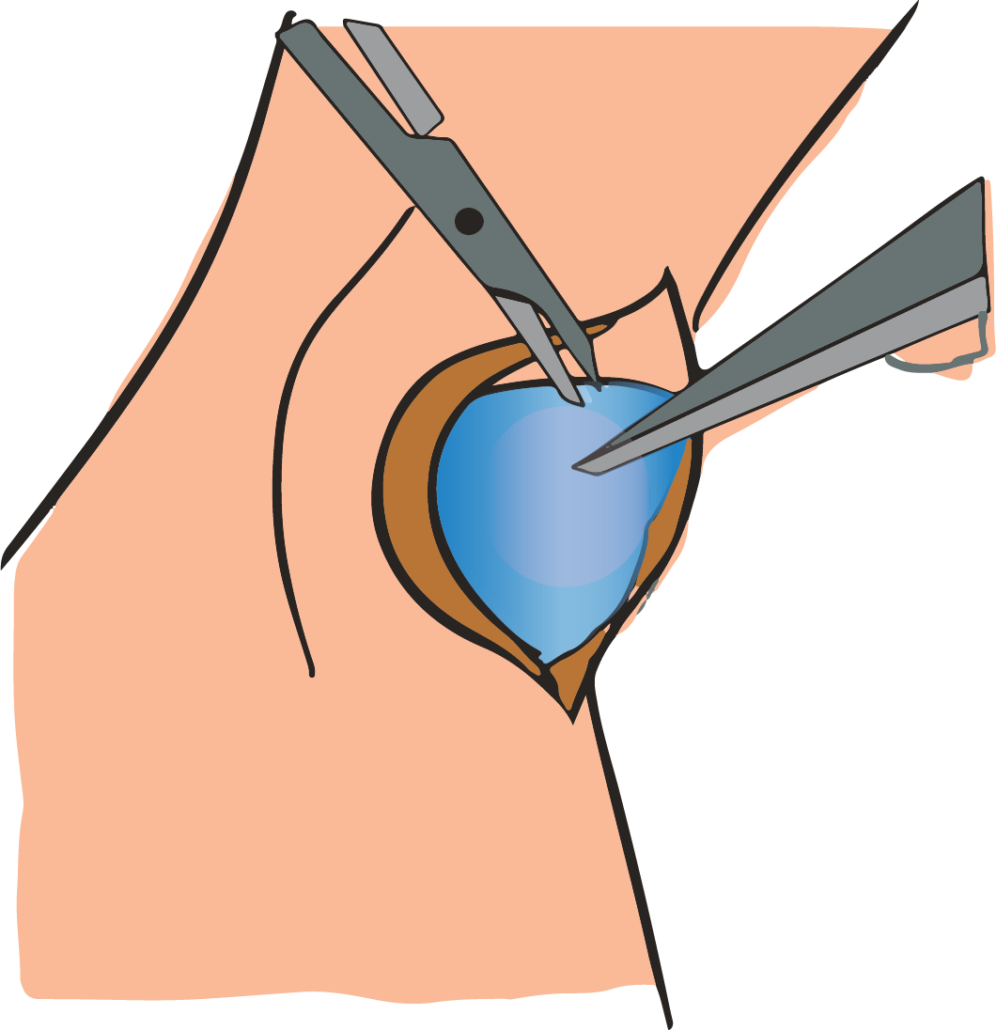
In most cases ganglion cyst, surgery is often not the first or most preferred option. During your examination by a doctor, they may ask you for how long you have had the ganglion cyst, whether there is pain and if the size of the cyst has changed. An X-Ray may be advised to rule out arthritis or bone tumor. Magnetic Resonance Imaging (MRI) scan or ultrasound test may be prescribed to distinguish the cyst from other tumors.
Non-surgical treatment
Initial treatment of a ganglion cyst before considering surgery includes the following:
- Observation – As ganglion is not cancerous and may disappear on its own with passage of time, the doctor may advise you to just wait and watch for unusual changes, if any.
- Immobilization – Activity often increases pain due to pressure on nerves. A splint or wrist brace may reduce pain and cause the ganglion to decrease in size.
- Aspiration – In case of severe pain or limitations on activities, fluid from the ganglion cyst may be drained out. In this procedure called aspiration, the cyst is punctured after numbing the area.
Ganglion Cyst Surgical treatment
If the symptoms are not relieved through non-surgical methods or if the ganglion is back after aspiration, surgical procedure called excision may be resorted to. Through ganglion cyst surgery, the cyst and the part of the joint capsule or tendon sheath which is regarded as the root of the ganglion are both removed. There is a small chance that ganglion may return even after surgery.
Excision is an outpatient procedure which is performed under local or general anesthesia. Normal activities can be resumed after 2 to 6 weeks following the ganglion cyst surgery.



Risks involved with a ganglion cyst surgery
As with any other surgery, ganglion cyst removal may cause infection. One may have an allergic reaction to the anesthesia or to the stitches used. Other risks include sensitivity around scar tissue, injuries or damage to surrounding tendons, ligaments or nerves and restricted movement of the joint.
